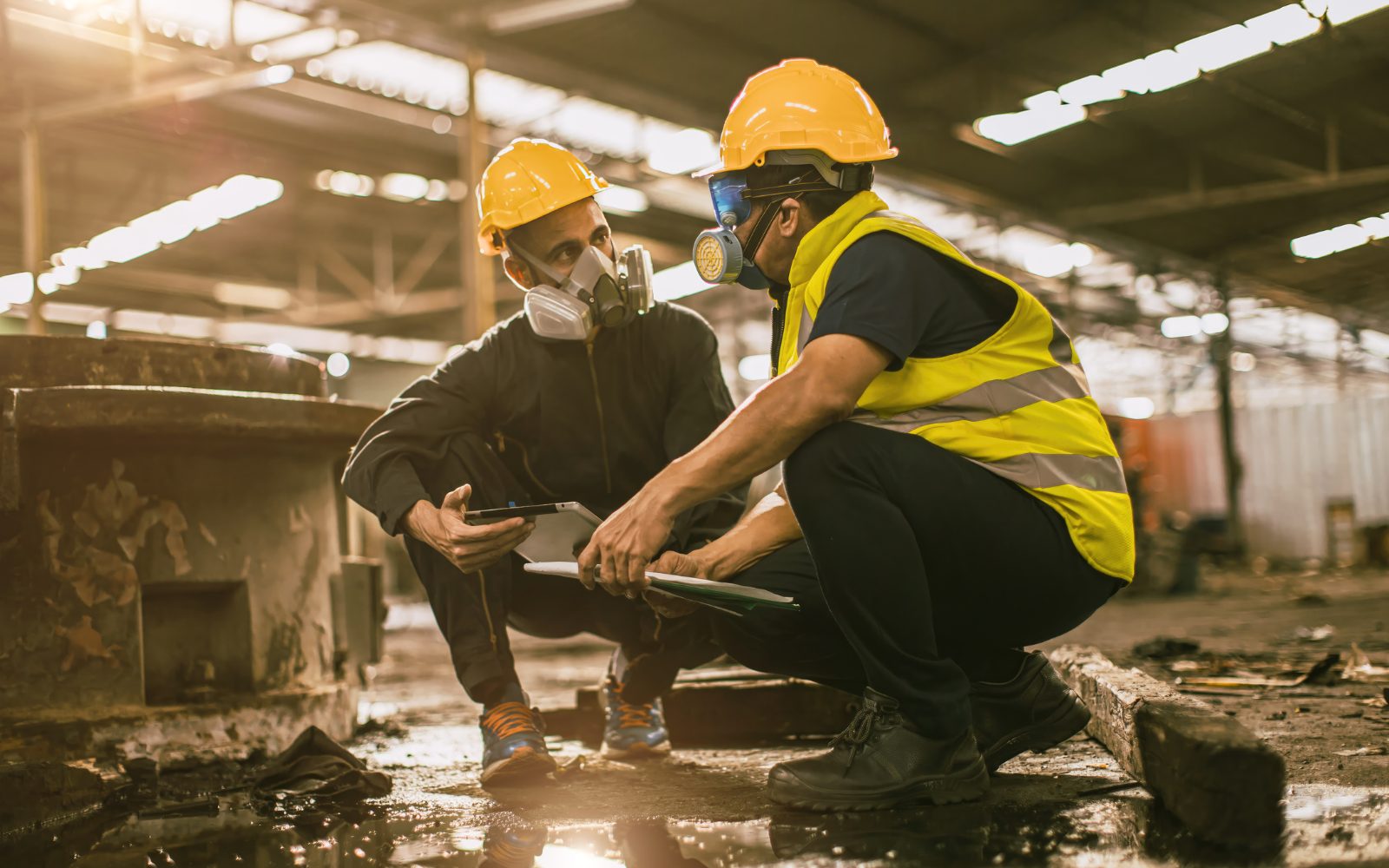- Administrative controls are the fourth line of defense against occupational chemical hazards.
- These measures are not used in isolation but with forms of controls.
- Administrative controls do not require costly investment in equipment and are a viable means of ensuring regulatory compliance.
Administrative controls are internal company directives to reduce the frequency, duration, and severity of workers’ exposure to hazardous gases and other chemicals occurring in industrial workplaces. Administrative controls are a cost-effective method of increasing occupational chemical safety in old and new facilities since no change in equipment is required. Each industry and facility will require customized administrative control suited to their needs. However, some standard approaches exist, and these are discussed in this article.
Administrative Controls for Chemical Safety
Administrative controls are methods owners can use to change workers’ activities or behavior to increase chemical safety. The hazards are not removed, but workers’ exposure to the harmful chemicals is reduced to limit safety and health concerns.
Administrative controls are ranked fourth in terms of effectiveness in protecting workers. The five levels in the hierarchy of controls are:
- Elimination
- Substitution
- Engineering controls
- Administrative controls
- Personal protective equipment (PPE)
So, administrative controls are better than PPE but less effective than engineering controls in limiting worker harm. Administrative controls can be a means of regulatory compliance when elimination, substitution, and engineering controls are not viable or sufficient. In the U.S., implementing administrative controls is a legal requirement to reduce risk and safeguard workers.
Crucial Elements Of Administrative Controls
Administrative controls should be part of each facility’s industrial hygiene and safety program, and some standard approaches used to minimize hazards are:
- Safety policies and rules
- Work practices
- Task rotation
- Housekeeping and maintenance
1. Safety Policies and Rules
Employers must develop and monitor company rules and policies to keep workers and facilities safe. These policies can prevent accidents and reduce risk. The safety policy must meet at least the following goals:
- Identify workplace hazards
- Provide suitable PPE
- Develop safe work practices
- Provide training in the work process and emergency evaluation for spills, fires, leaks, etc.,
- Enforce the safety rules
- Reduce severe injuries and fatalities
Safety policies have additional advantages, such as improving productivity by reducing absenteeism and enhancing brand image.

2. Work Practices
Employers can improve work practices based on identified hazards. Some possible steps are mentioned below:
- Information: Inform workers about chemicals, possible reactions with other compounds, and the associated hazards. The information on hazards should include health effects due to acute and chronic exposure and fire and explosion risks of each gas.
- Safe work procedures: Develop procedures based on the properties of gases, facility infrastructure, and workflow to minimize workers’ exposure to gases.
- Training: Train employees on standard equipment operating procedures to reduce mishaps. Workers should be able to identify risks and communicate danger to their supervisors.
- Emergency evacuation plan: Train employees on the location and use of emergency equipment. Ensure that workers are familiar with emergency evacuation procedures. Management should always keep the assigned routes free for easy movement and all necessary emergency equipment ready.
- Storage: Ensure safe storage and transport of chemicals, with proper segregation of chemicals to prevent hazardous reactions.
- Personal behavior: Have designated no smoking, drinking, or eating areas to reduce exposure risks. Ensure all workers remove PPE and clean up before eating to avoid contamination of food and drinks.
- Working alone: Workers handling hazardous chemicals must not work alone. There should be colleagues in audio or visual contact who can help if necessary. A lone worker must, at a minimum, have a phone and coordinate with another person periodically.
- Limiting access: Restrict access to chemicals using logs, physical barriers, supervisory permission, etc.
3. Job Rotation
Several gases have serious effects due to chronic exposure that can lead to respiratory problems and cancer. To reduce these chemical harms, the duration of hazardous gas exposure can be shortened through many means.
- Rotation: The crew can be rotated so that a person is not constantly exposed to the gas.
- Rest breaks: Ensure that workers also have adequate rest breaks.
- Limit work time: The amount of time any worker spends in a high-risk area should be limited to avoid chances of exposure to leaks and spills.
- Maintenance: Schedule maintenance and other risky procedures when few workers are present.
- Limit access: Restrict access to hazardous areas only to staff qualified to perform the specific task.
- Alarm systems: Use signs to warn workers of chemical hazard storage and use areas. Sensors should have loud audio and bright visual alarms to immediately vacate accident, leak, or spill sites.
4. Housekeeping, Maintenance, And Inspection
Housekeeping in industrial facilities is used to maintain cleanliness and order as a norm to prevent the chances of spills or leaks being overlooked. Also, the accumulation of paper or debris should be prevented to minimize fire risks. Practical housekeeping and maintenance should be an ongoing process. The exact measures will vary depending on the industry, but some general suggestions are below.
- Prevent chemical accumulation: Cleaning up spills and leaks can reduce accumulation and buildup of concentration of gases.
- Reduce dust: In many industries, dust is a serious pollutant that can harm the respiratory system or be carcinogenic. Vacuuming and wet sweeping can reduce their concentrations in the air.
- Inspection: Supervisors must check PPE regularly to ensure all workers are protected.
- Maintenance: All equipment, light fixtures, warning signs, and gas detectors must undergo regular maintenance to avoid the development of weaknesses or faults, save lives, and prevent downtime.
- Keep the workplace clutter-free: Keep the aisles and stairways free and clean to prevent people from taking shortcuts through high-risk areas.
- Keep organization: Allot suitable places to keep tools and devices orderly to make inspection and maintenance easy.
- Safe storage: Stack drums of chemicals on even surfaces and in designated areas to segregate incompatible materials.
Good housekeeping and maintenance reduce workers’ exposure to harmful substances and the risk of fires and explosions.
Role of Gas Detectors
Gas detectors, especially fixed systems, help to monitor the air 24×7 to alert workers of even minute leaks of gases. Their maintenance, choice of type, number, and location can determine how effectively the gas sensors detect hazards. Fixed systems with data logging connected to software can also help identify patterns in gas leaks during production to help troubleshoot and maintain. Using portable sensors regularly while working in confined spaces can also increase workers’ safety.
Check out Interscan fixed and portable systems for sensors of over 20 hazardous industrial gases to keep your workers and facility safe.
Sources
CDC. (n.d.). About Hierarchy of Controls. Retrieved from https://www.cdc.gov/niosh/hierarchy-of-controls/about/index.html
CDC. (2022, Oct, 3). Administrative Controls: Change the Way People Work. Retrieved from https://www.cdc.gov/niosh/learning/safetyculturehc/module-3/6.html
Safeopedia. (2024, March, 18). Administrative Controls. Retrieved from https://www.safeopedia.com/definition/5109/administrative-controls
University of Alberta. (n.d.). Administrative Controls. Retrieved from https://www.ualberta.ca/en/human-resources-health-safety-environment/environment-and-safety/hazard-management/hazard-controls/administrative-controls/index.html
CCOHS. (2024, Aug 14). Hazard and Risk – Hierarchy of Controls. Retrieved fromhttps://www.ccohs.ca/oshanswers/hsprograms/hazard/hierarchy_controls.html
EHS. (n.d.). Section 7: Safe Work Practices and Procedures. Retrieved from https://ehs.princeton.edu/laboratory-research/laboratory-safety/laboratory-safety-manual/sec7


